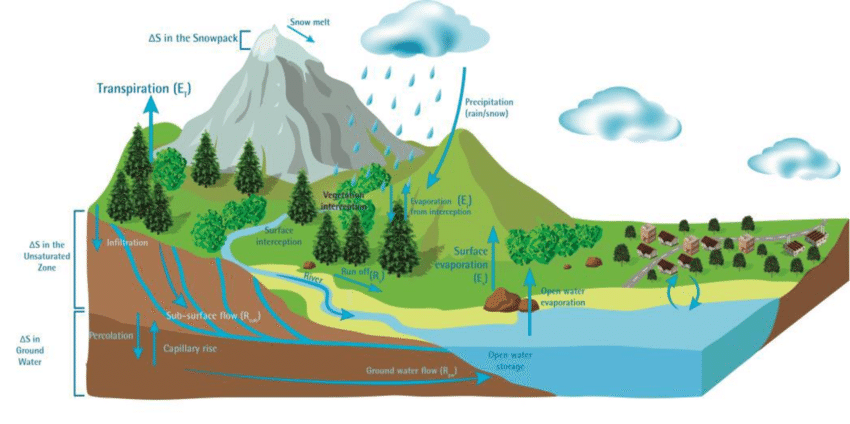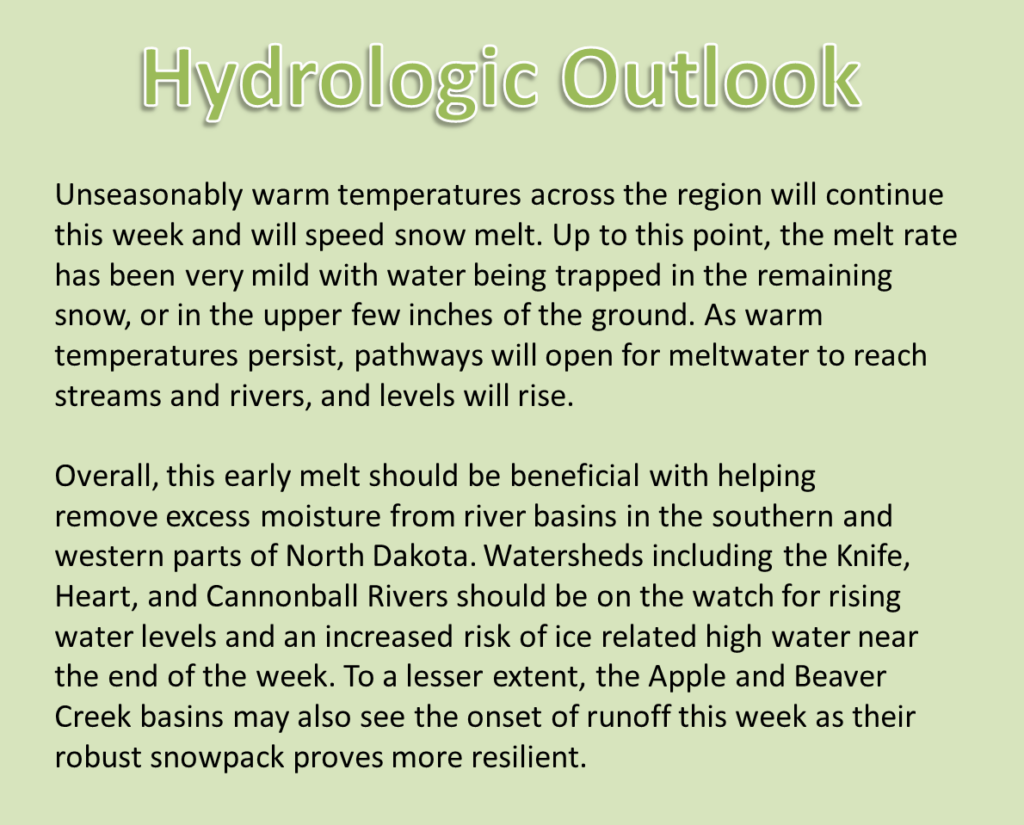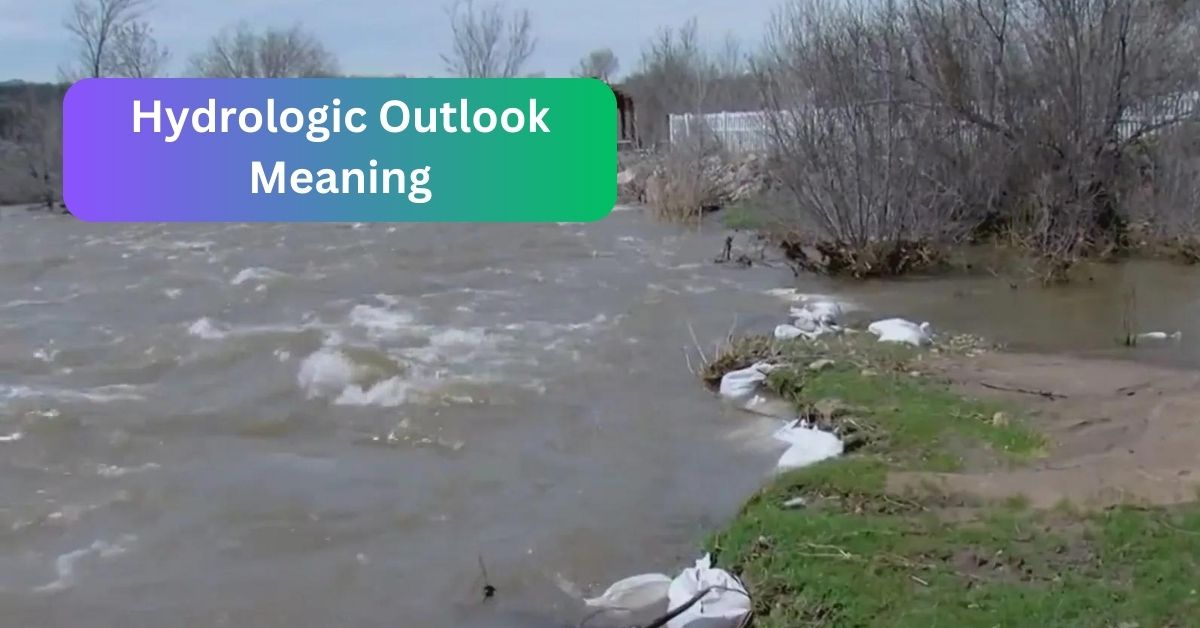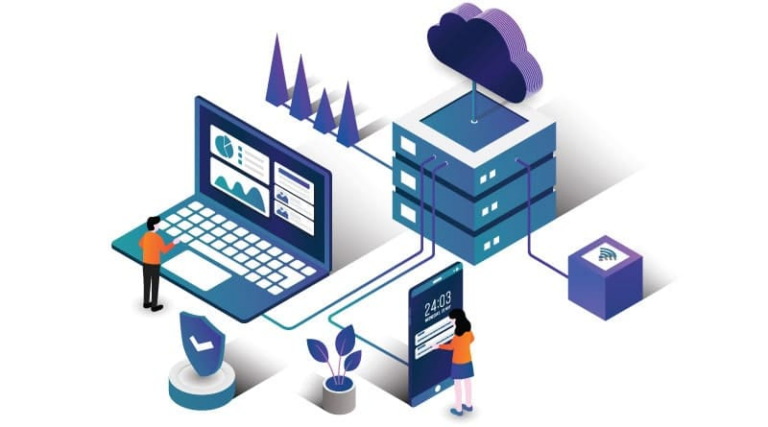A Hydrologic Outlook is a forecast by experts indicating a 30-50% chance of flooding within a week. It’s vital for risk management, public awareness, and issuing alerts for potential water-related disasters.
In this article, we talk about Hydrologic Outlook, Components of Hydrologic Outlook, Types of Hydrologic Outlooks, and many more.
What is a Hydrologic Outlook? – Complete Guide!
A Hydrologic Outlook is a specialized weather forecast focusing on water-related conditions in a specific area. It goes beyond traditional weather predictions, providing early warnings about potential floods, droughts, or snowmelt.
This forecast considers factors like precipitation, snowpack, and river flow, helping communities and authorities prepare for possible water-related challenges. By analyzing these hydrological aspects, a Hydrologic Outlook aids in risk mitigation and efficient water resource management.
It’s a valuable tool for individuals, emergency responders, and water resource managers, offering insights to make informed decisions in the face of varying water conditions.
Components of a Hydrologic Outlook – Check It!

The components of a Hydrologic Outlook encompass various vital elements for predicting water-related conditions. It includes a comprehensive weather forecast, anticipating precipitation patterns crucial for understanding potential water issues.
Snowpack analysis plays a pivotal role, especially in cold climates, as it directly impacts water supply. River flow forecasts help gauge potential flooding risks. These components collectively offer insights into flood, drought, or snowmelt scenarios.
By considering these factors, a Hydrologic Outlook serves as a valuable tool for early warnings and aids in effective water resource management, ensuring communities can proactively address and mitigate potential hydrological challenges.
- Weather Forecast:
An integral part of the Hydrologic Outlook, the weather forecast helps anticipate precipitation patterns, influencing factors such as rainfall and temperature.
- Snowpack Analysis:
Understanding snowpack is crucial, especially in cold climates, as it directly affects the water supply. Melting snow contributes to river flow and can lead to floods.
- River Flow Forecasts:
This component predicts the expected flow of rivers and streams, aiding in flood prevention and water resource planning.
Types of Hydrologic Outlooks – Read It!
Hydrologic Outlooks come in various types, each addressing specific water-related scenarios. The Flood Hydrologic Outlook anticipates and warns about potential flooding based on weather conditions and river levels.
A Drought Hydrologic Outlook focuses on predicting water scarcity, aiding communities in preparing for dry periods. In regions with snow-dependent water sources, the Snowmelt Hydrologic Outlook forecasts the gradual release of melted snow.
These outlooks serve as proactive tools, empowering individuals, emergency services, and water resource managers to make informed decisions in the face of potential floods, droughts, or snowmelt, contributing to effective risk management and water resource planning.
- Flood Hydrologic Outlook:
Forecasts the potential for flooding based on anticipated weather conditions, snowmelt, and existing river levels.
- Drought Hydrologic Outlook:
Predicts the likelihood of drought conditions, helping communities prepare for water scarcity.
- Snowmelt Hydrologic Outlook:
Focuses on the gradual release of snowpack melt, crucial for regions dependent on snow as a water source.
Significance of Hydrologic Outlooks – Ultimate Guide!

Hydrologic Outlooks are essential for proactive planning and risk mitigation. These forecasts offer early warnings about potential floods, droughts, or snowmelt, empowering communities to prepare and respond effectively.
By providing valuable insights into water-related challenges, Hydrologic Outlooks play a crucial role in minimizing risks and protecting lives and property. Moreover, they contribute significantly to water resource management, aiding in the judicious allocation of water supplies.
Overall, the significance of Hydrologic Outlooks lies in their ability to enhance preparedness, reduce the impact of hydrological events, and support sustainable water resource practices for the well-being of communities.
1. Early Warning System:
Hydrologic Outlooks act as an early warning system, allowing communities to prepare for potential water-related challenges.
2. Risk Mitigation:
By providing advance notice, these outlooks enable proactive measures to minimize the impact of floods, droughts, or other hydrological events.
3. Water Resource Management:
Crucial for managing water resources efficiently, the outlooks aid in reservoir management, irrigation planning, and water supply strategies.
Who Uses a Hydrologic Outlook? – Explore It!
Hydrologic Outlooks cater to a diverse audience with various stakeholders relying on these forecasts. Government agencies, emergency responders, and local authorities utilize them to make informed decisions regarding disaster preparedness and response.
Water resource managers leverage Hydrologic Outlooks for effective planning, ensuring the sustainable use of water supplies. Additionally, communities at large benefit from these forecasts, gaining insights into potential risks and taking proactive measures.
Industries dependent on weather conditions, such as agriculture and energy, also find value in Hydrologic Outlooks for operational planning. In essence, a wide spectrum of individuals and organizations, ranging from public safety officials to everyday citizens, depend on these forecasts for timely and pertinent information.
What is Included in a Hydrologic Outlook? – Discover it!
A Hydrologic Outlook comprises vital information essential for anticipating and managing water-related conditions. This forecast typically includes meticulous details:
- Weather Forecasts: Predictions of precipitation patterns, guiding an understanding of potential water-related impacts.
- Snowpack Analysis: Assessment of snow accumulation and potential melting, particularly crucial for regions dependent on snowmelt for water supply.
- River Flow Predictions: Forecasts the expected flow rates of rivers and streams, aiding in flood prevention and water resource planning.
- Specific Event Details: Offers in-depth information on potential flooding, drought, or other hydrological occurrences in a specific area.
By encapsulating these elements, a Hydrologic Outlook empowers communities and decision-makers with actionable insights, fostering proactive responses to varying water conditions and ensuring effective water resource management.
How is a Hydrologic Outlook Used? – Check Now!

A Hydrologic Outlook is a powerful tool with multifaceted applications. Emergency services utilize it for disaster preparedness, creating strategies to mitigate the impact of floods or droughts.
Water resource managers leverage their insights to implement sustainable practices for optimal water allocation. Individuals in flood-prone areas can proactively plan, considering potential evacuations.
Industries such as agriculture and energy rely on the forecast for operational planning, aligning activities with expected water conditions. This outlook empowers diverse stakeholders, from governmental bodies to everyday citizens, enabling informed decision-making and timely actions in response to evolving water scenarios.
Its versatility makes the Hydrologic Outlook a key resource for enhancing preparedness and resilience in the face of changing hydrological conditions.
FAQ’s:
1. How often are Hydrologic Outlooks released?
The frequency varies but is often determined by the potential for significant hydrological events. They are typically issued when there is a heightened risk of floods, droughts, or other water-related challenges.
2. Can individuals use Hydrologic Outlooks for personal planning?
Absolutely! Individuals living in flood-prone areas can use these forecasts to prepare for potential evacuations or take measures to protect their property.
3. Are Hydrologic Outlooks accurate?
While no forecast is perfect, Hydrologic Outlooks are based on advanced modeling and data analysis, increasing their accuracy in predicting water-related events.
Conclusion
Final Words,
A Hydrologic Outlook forecasts a 30-50% chance of flooding within a week, playing a vital role in risk management, alerting the public, and addressing potential water-related disasters.
Also Read:












+ There are no comments
Add yours